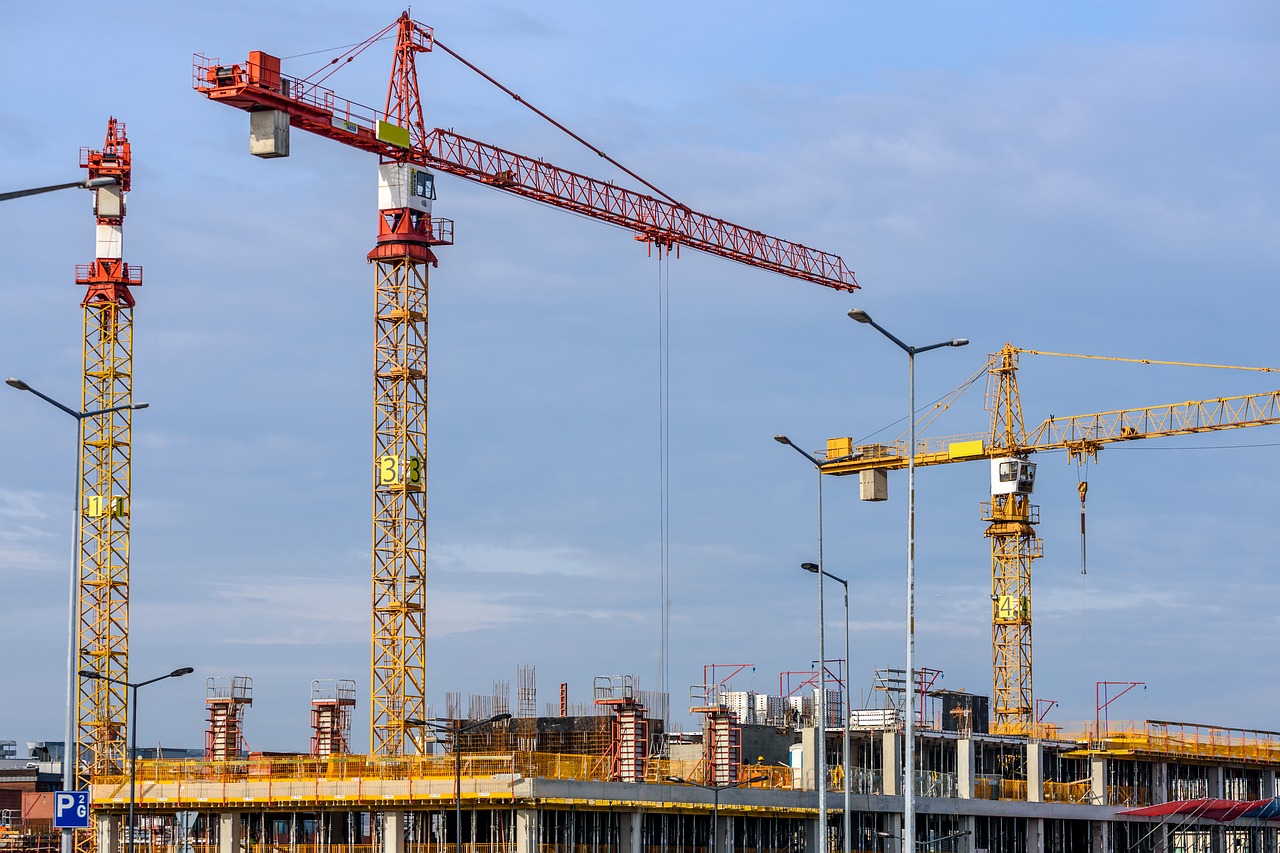Construction and development firms worldwide are placing more of an emphasis on sustainable and energy-efficient design and building methods. This is evident in the World Green Building Trends 2018 SmartMarket Report. The report, published by Dodge Data & Analytics, involved more than 2,000 industry participants in 86 countries. Twenty-seven percent of respondents indicated that more than 60 percent of their projects are green, while 47 percent of respondents expected to reach that figure by 2021.
Because of the warm Middle East climate and reliance on air conditioners, residential and commercial buildings in the region consume relatively high volumes of energy compared to other parts of the world. Yet, Middle East countries are actively engaged in efforts to implement eco-friendly design and building management practices into their infrastructure projects.
Below is a look at the benefits of green buildings and the work done by select countries to create a more sustainable built environment.
Green Building Benefits
One-third of all the energy consumed worldwide is used for construction and building operation. This is partially because of the high volume of waste and atmospheric emissions generated during the construction phase. There’s a need to drastically cut down on this energy expenditure for environmental purposes, but that isn’t the only reason Middle East design and construction firms are becoming more inclined to incorporate green building practices. There are also social and economic benefits.
A 2016 study conducted by the Harvard School of Public Health and the State University of New York Upstate Medical University highlighted some of the social benefits of green buildings. Among other findings, the study showed that people who worked in green-certified buildings scored 26 percent higher on cognitive function tests than others who worked in similar buildings without green certification. Similarly, those who worked in green buildings reported fewer symptoms of illness and higher quality sleep than their counterparts.
Sustainability also offers economic benefits. Green building features can help reduce water consumption, electricity use, and heating and cooling costs. These features include rainwater harvesting tanks and on-site water recycling systems, intelligent lighting systems, careful window selection, and ground source heat pumps.
Individual Country Building Rating Systems
Leadership in Energy and Environmental Design (LEED) and the Building Research Establishment Environmental Assessment Method (BREEAM) are two of the more prominent green building rating systems used worldwide. However, some countries in the Middle East, including Lebanon and Qatar, have adopted their own systems as a means to incorporate cultural aspects.
The Lebanon Green Building Council administers green building certification under the ARZ Building Rating System, which was developed in conjunction with the International Finance Corp. Developers who wish to acquire certification for their buildings must meet standards in techniques, technologies, procedures, and energy consumption levels.
Qatar, meanwhile, has the Global Sustainability Assessment System, which was established in 2010 after extensive analysis of more than three dozen green building codes worldwide. Unlike many other codes, it takes into account regional cultural aspects and is being considered for adoption in other Middle East countries including Kuwait and Saudi Arabia.
The UAE and LEED-Certified Buildings
Roughly 1,200 buildings in the Middle East North Africa (MENA) region have LEED accreditation and 65 percent (802) of those are located in the United Arab Emirates (UAE). Qatar and Saudi Arabia rank second and third with 173 and 145, respectively. Dubai, in particular, is known for its sustainable building practices. It ranks third in the world for the number of LEED-certified buildings, which includes the Climate Change Initiative Building. Abu Dhabi, meanwhile, is home to the Middle East’s first LEED Platinum-rated office building: the Siemens headquarters in Masdar City.
Overall, the UAE has more than 3.1 million square feet of LEED-certified building space, which ranks fourth worldwide. The country also ranks fourth in the world for the amount of LEED-accredited construction professionals. In addition to LEED, Dubai and Abu Dhabi operate their own respective green building rating systems known as the Green Building Regulations and Pearl Rating System.
Other Prominent Green Buildings in the Region
It’s not exactly a surprise the Siemens headquarters in Masdar City received LEED Platinum distinction, given the fact that it’s based in a master-planned city touted as the first-ever zero emissions city. According to the city website, its buildings are made using low carbon cement and consume 40 percent less water and energy than buildings of similar sizes. Masdar City is also home to the UAE’s Global Green Growth Institute office.
Some of the other green buildings of note in the Middle East include the Aldar Market (UAE), BMCE Bank Headquarters (Morocco), Parliament Building (UAE), and the Kuwait International Airport, the latter of which is LEED Gold certified.
Meanwhile, Qatar, which is hosting FIFA World Cup 2022, has also implemented a range of energy-efficiency measures in the stadiums it has built for the event. The Al Rayyan Stadium, for instance, was constructed with more than 90 percent recycled or reused materials, while over 70 percent of the external lighting at Al Bayt Stadium is powered by solar energy.

